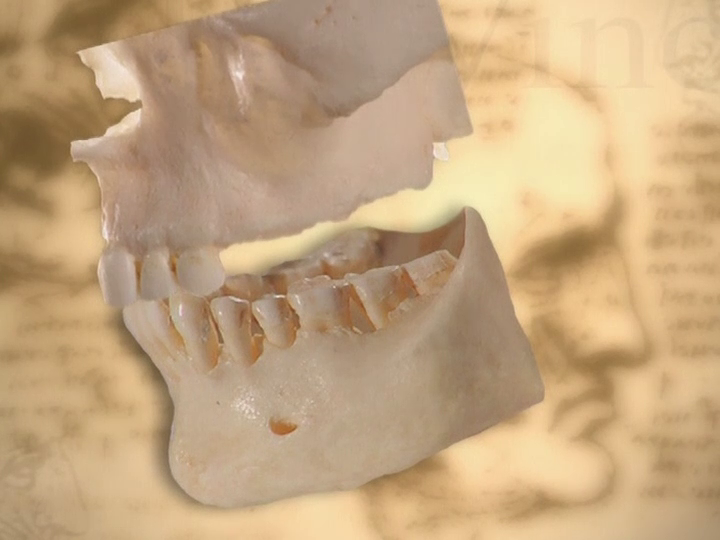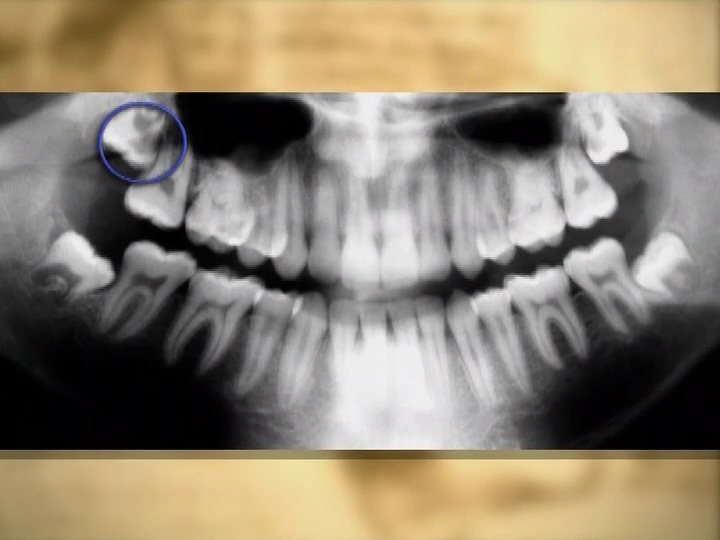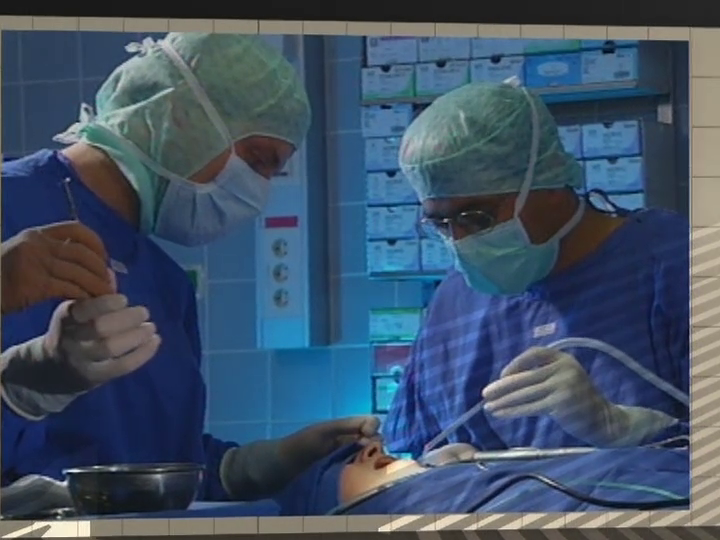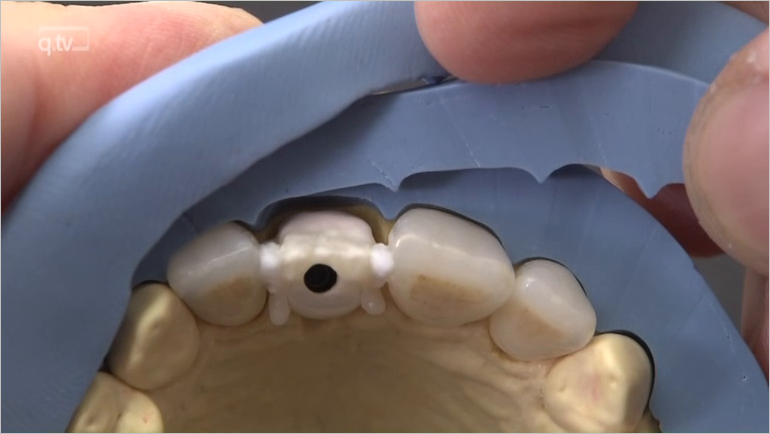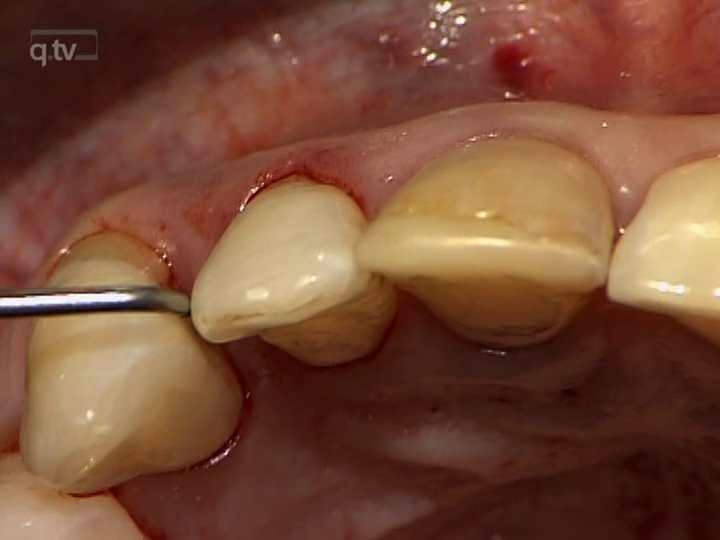Stefan Schultze-Mosgau / Friedrich Wilhelm Neukam / Gerd H. Basting
Treatment Concept for Extracting Impacted Lower Wisdom Teeth
Category: Surgery
Language(s): English, German
Publication year: 1999
Video source: Oral Surgery
Series: Oral Surgery
Content
The removal of retained mandibular third molars is one of the most commonly
performed surgical procedures. Because of the close anatomic positional
relationship of the third molars to the adjacent teeth and to the inferior
alveolar nerve, there is a risk of damage to the surrounding structures
during surgical removal. For uncomplicated removal, knowledge of the different
retention forms and a suitable atraumatic operation technique is important.
After the block anesthesia of the inferior alveolar nerve and the buccal nerve,
the cutting direction must be determined so that a mucoperiosteal flap with
vestibular stem can be lifted. After the lingual subperiosteal insertion of a
rasp to protect the lingual nerve, the third molar is exposed by buccal
osteotomy with ball-shaped hard metal burs as far as its largest circumference
and removed by careful luxation movements.
Outline
- Schematic and radiologic demonstration of the different retention forms of
low retained third molars and illustration of the indications for removal
- Preparation of treatment documents and an explanatory discussion showing
potential complications
- demonstration of the surgical procedure: local anesthesia, cutting
direction, protection of the lingual nerve, osteotomy, stitching technique




